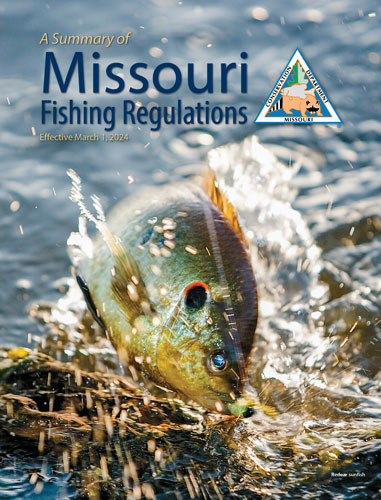Paddlers and anglers often ask whether they have a legal right to use Missouri’s streams. The answer is yes … in some places and in some ways.
Missouri’s rivers and streams can be classified as:
- Public, navigable — Large rivers on which commercial boats such as barges can navigate.
- Public, non-navigable — Middle-sized streams that are capable of floating smaller boats such as canoes.
- Private, non-navigable — Small streams that are not capable of floating even small boats such as canoes.
On private, non-navigable streams, adjacent landowners’ property extends to the center of the stream. Consequently, anglers and floaters have no right to use these streams. Fishing, wading, and boating are illegal unless you have the landowner’s permission.
On public, non-navigable streams, property lines are the same as they are on private, non-navigable streams. The difference is that although you are on private property, you have a right to use public, non-navigable streams for fishing, wading, or boating as long as you stay within the stream bed. The stream bed includes gravel bars that are submerged during part of the year.
The stream bed begins at the high-water mark. In practical terms, this is the point where trees and other permanent vegetation grow. Floaters and anglers need landowner permission to go beyond this point.
On public, navigable streams, property lines end at the high-water mark. The area inside the high-water marks is public property.
Although all of this may seem clear-cut, opinions can vary dramatically about how to classify a particular stretch of stream and where the high-water marks lie. Furthermore, permanent islands in public, navigable and public, non-navigable streams often are private property.
The local prosecuting attorney is your best reference to determine how a particular stretch of a stream is classified and where to find nearby public accesses. The county assessor’s office can tell you where the property lines are. When in doubt, always ask for permission from the landowner.






















